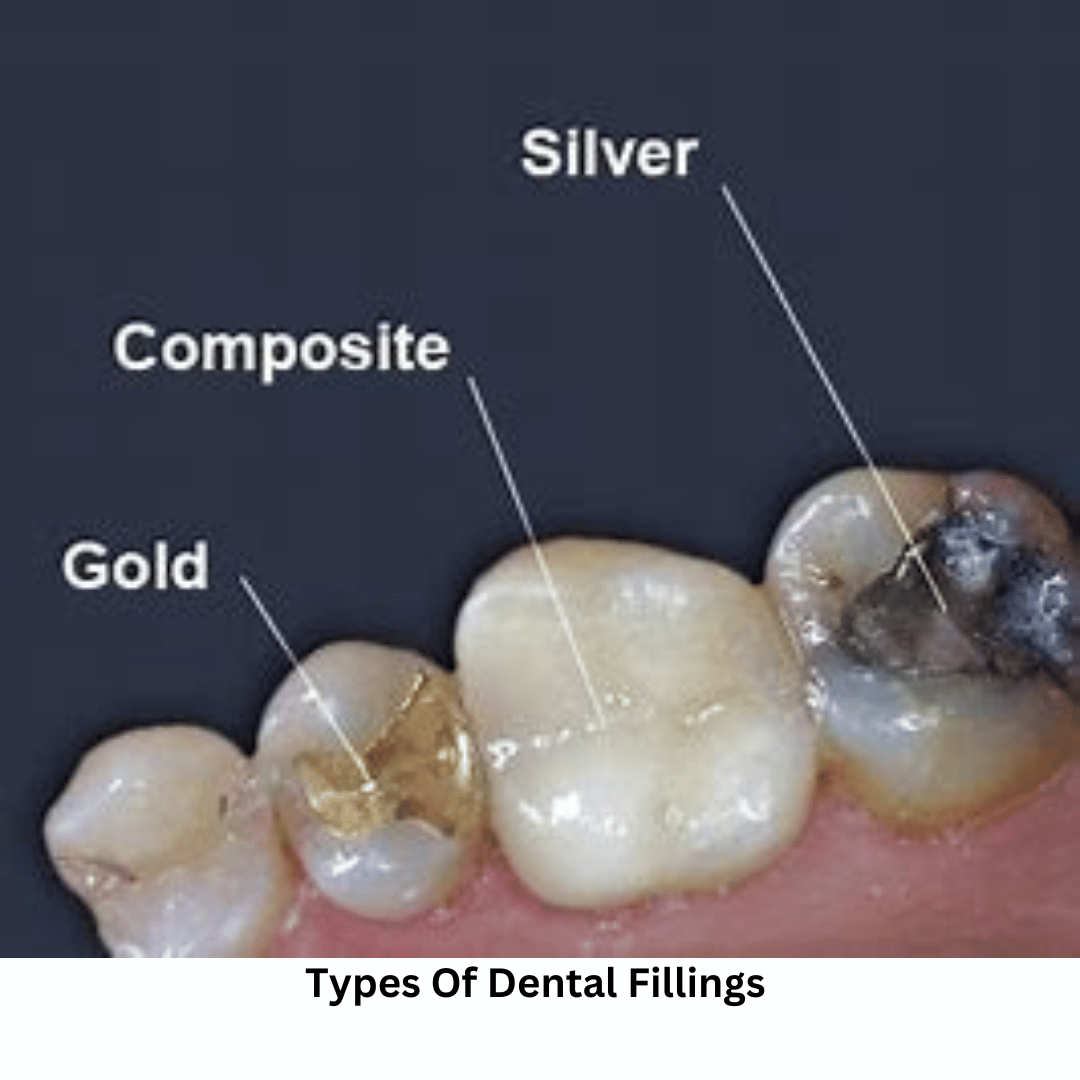12+ Cavity Filling Tips To Reduce Swelling

Managing swelling after a cavity filling is a crucial part of the recovery process, ensuring that the healing is smooth and minimizing discomfort. While swelling is a natural response to the procedure, there are several strategies that can help reduce its severity and duration. Here are 12+ tips, backed by dental expertise, to help you navigate this period with ease.
1. Choose the Right Filling Material
The type of material used for the filling can impact the extent of swelling. For instance, amalgam fillings are known for their durability but might cause more reaction than composite fillings, which are made from a mixture of plastic and glass. Discussing the options with your dentist can help in selecting a material that minimizes the risk of an adverse reaction.
2. Maintain Good Oral Hygiene
Even after the procedure, it’s essential to keep the filled tooth and surrounding area clean. Gentle brushing with a soft toothbrush and fluoride toothpaste, along with flossing, can prevent infection and reduce swelling. However, be cautious not to irritate the area around the new filling.
3. Use Cold Compresses
Applying a cold compress to the cheek near the filled tooth can significantly reduce swelling. The cold causes the blood vessels to constrict, thereby reducing blood flow to the area and minimizing swelling. A cold, damp washcloth wrapped in a towel can be used for this purpose, applied for 15 minutes at a time with regular breaks.
4. Eat Soft Foods
Avoiding hard, crunchy, or sticky foods is crucial in the initial healing phase. Opting for soft foods like yogurt, soup, scrambled eggs, and mashed potatoes can reduce irritation and prevent further swelling. It’s also beneficial to chew on the opposite side of the mouth from where the filling was placed.
5. Stay Hydrated
Drinking plenty of water helps in flushing out bacteria and reducing the risk of infection, which can exacerbate swelling. Adequate hydration also keeps the mouth moist, which can soothe the area around the filling and aid in the healing process.
6. Avoid Smoking and Tobacco
Smoking and tobacco products can hinder the healing process and increase the risk of complications, including dry socket, a condition that can increase swelling and pain. Quitting or significantly reducing tobacco use during the recovery period is highly recommended.
7. Over-the-Counter Pain Relievers
For mild to moderate swelling and pain, over-the-counter pain relievers such as ibuprofen (Advil, Motrin) or acetaminophen (Tylenol) can be effective. However, it’s crucial to follow the recommended dosage and consult with your dentist or pharmacist to ensure the medication doesn’t interfere with any other health conditions or medications.
8. Salt Water Rinses
Rinsing your mouth with warm salt water several times a day can help reduce swelling and soothe the area. Mix 1⁄2 teaspoon of salt with 8 ounces of warm water and swish it around your mouth for about 30 seconds before spitting it out. This solution can help reduce bacteria and inflammation.
9. Avoid Irritating the Area
Try to avoid touching or irritating the filled tooth and surrounding gum with your tongue or fingers. This can introduce bacteria and cause further irritation, potentially leading to increased swelling.
10. Follow Post-Procedure Instructions
Your dentist will provide specific instructions after the filling, including any medications to take, foods to avoid, and how to care for the area. Following these instructions carefully is vital for a smooth recovery and minimizing complications.
11. Consider Antihistamines or Anti-inflammatory Medications
In some cases, if the swelling is due to an allergic reaction to the filling material, antihistamines might be prescribed. Similarly, for inflammation, anti-inflammatory medications can be helpful. However, these should only be taken under the guidance of a healthcare professional.
12. Monitor for Signs of Infection
Be vigilant for signs of infection such as increased pain, swelling, redness, or pus. If you notice any of these symptoms, it’s crucial to contact your dentist immediately as they may indicate a complication that needs prompt attention.
13. Schedule a Follow-Up Appointment
Finally, attending a follow-up appointment with your dentist can help ensure that the filling is healing correctly and address any concerns or issues that may have arisen during the recovery period.
FAQ Section
How long does swelling typically last after a cavity filling?
+Swelling after a cavity filling usually subsides within a few days. However, the duration can vary depending on the individual's healing process and the complexity of the procedure. If swelling persists or worsens, it's essential to consult with your dentist.
Can I return to work or school immediately after a cavity filling?
+Most people can return to their normal activities shortly after a cavity filling. However, it might be advisable to take the rest of the day off to allow the anesthesia to wear off and to monitor for any adverse reactions. Always follow the specific advice given by your dentist based on your individual situation.
What if I experience severe swelling or pain after a cavity filling?
+Severe swelling or pain that worsens over time can be a sign of infection or another complication. If you experience these symptoms, it's crucial to contact your dentist immediately. They can provide guidance, prescribe additional medication if necessary, or schedule an emergency appointment to address the issue.
By following these tips and staying in close communication with your dentist, you can minimize swelling and ensure a comfortable recovery after a cavity filling. Remember, while some swelling is normal, severe or persistent discomfort should always be evaluated by a dental professional to ensure your oral health and comfort.